Starting Your 3-Month-Old foal Right: A Practical Guide
The foundation you build with a young foal determines the kind of horse they’ll become. Those first few months aren’t just about keeping them safe and healthy – they’re your golden opportunity to create a confident, well-mannered horse who trusts humans and handles easily for a lifetime.
Many people think “training” starts when a horse is ready to ride, but the truth is, every interaction from day one is teaching your foal something. Whether you realize it or not, they’re learning from every touch, every handling session, every new experience. The question isn’t whether you’re training them – it’s whether you’re training them well.
Starting early, particularly around 3 months of age, allows you to build essential skills when foals are naturally curious, manageable in size, and eager to learn. The time you invest now prevents problems later and creates a willing partner instead of a resistant one.
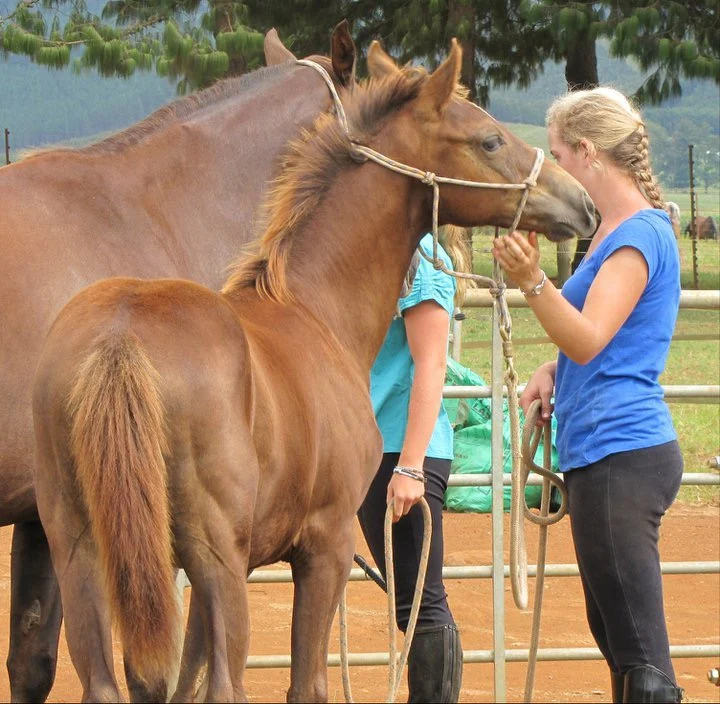
Daily Handling & Foundation Training
Building Trust Through Touch Spend 10-15 minutes daily just touching your colt all over. This isn’t just petting – work systematically from head to tail. Handle his ears (inside and out), run your hands down his face, open his mouth gently to look at his teeth, and lift his tail. The goal is that nothing should surprise him when he’s older.
Leading Lessons At this age, leading should be done alongside mum – she’s his security blanket. Start with just a few steps, lots of praise, and keep sessions under 10 minutes. Use a properly fitted foal halter (check the fit weekly as they grow fast!). Practice stops, turns, and backing up. If he gets worried, let mum reassure him and try again.
Standing & Tying Begin teaching him to stand quietly while tied, but always with mum nearby and someone watching. Start with just 5 minutes and gradually increase. This is a safety skill that will serve him his entire life. Never leave a young foal tied unattended.
Hoof Handling – The Non-Negotiable This is probably the most important skill you’ll teach. Every single day, pick up and handle all four feet. Tap the bottom of his hooves gently with your hand or a hoof pick. Run your hand down his leg, squeeze the chestnut, and hold each foot for gradually longer periods. When the farrier comes (should be every 6-8 weeks even now), he should stand like a gentleman.
Grooming Introduction Introduce all grooming tools slowly. Let him sniff the brush first, then use soft brushes with gentle pressure. Make it enjoyable – many foals love a good scratch! Introduce the sound of clippers from a distance, then gradually closer (without touching him yet). Get him comfortable with fly spray bottles and the sound they make.
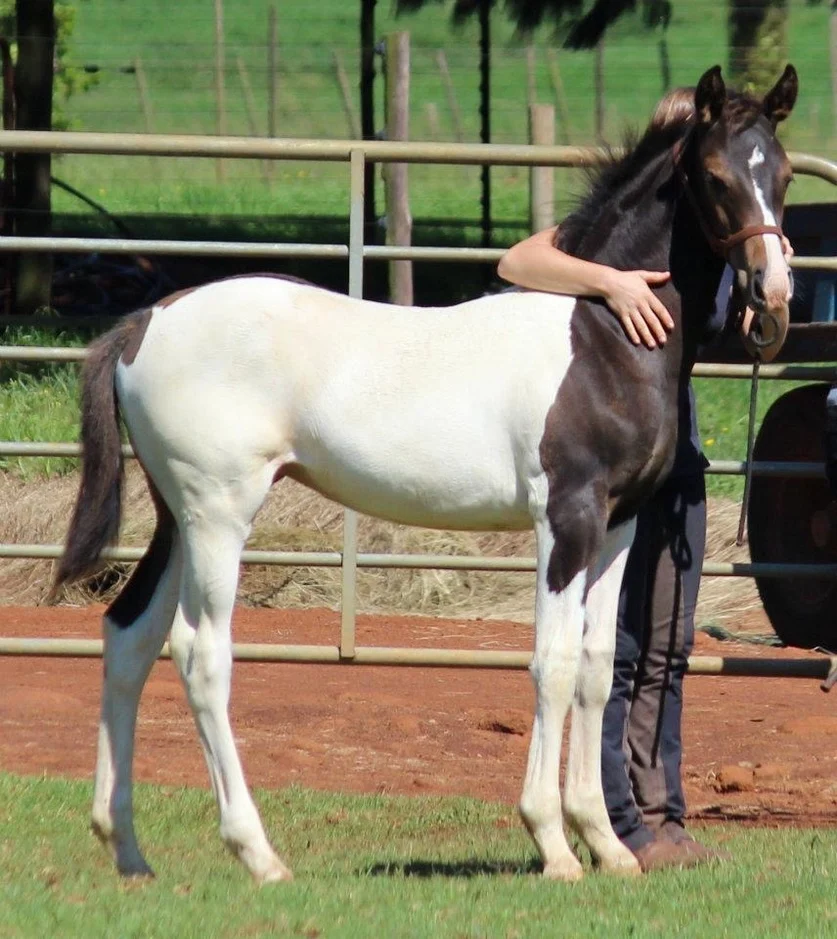
Desensitization Work
Create positive experiences with “scary” things:
- Tarps: Let him investigate at his own pace, walk mum over it first
- Umbrellas: Open and close at a distance, then gradually closer
- Pool noodles: Great for gentle touch desensitization
- Different surfaces: Walk over wooden boards, through puddles, over cavaletti
- Noises: Bags rustling, clapping, music playing
Keep sessions short (5-10 minutes) and always end on a positive note.
Socialization & Mental Development
Learning By Watching If mum is being ridden or worked with, let your colt watch safely from nearby. Foals learn enormous amounts by observing their dams. He’s learning that humans mean good things, that tack isn’t scary, and that work is just part of life.
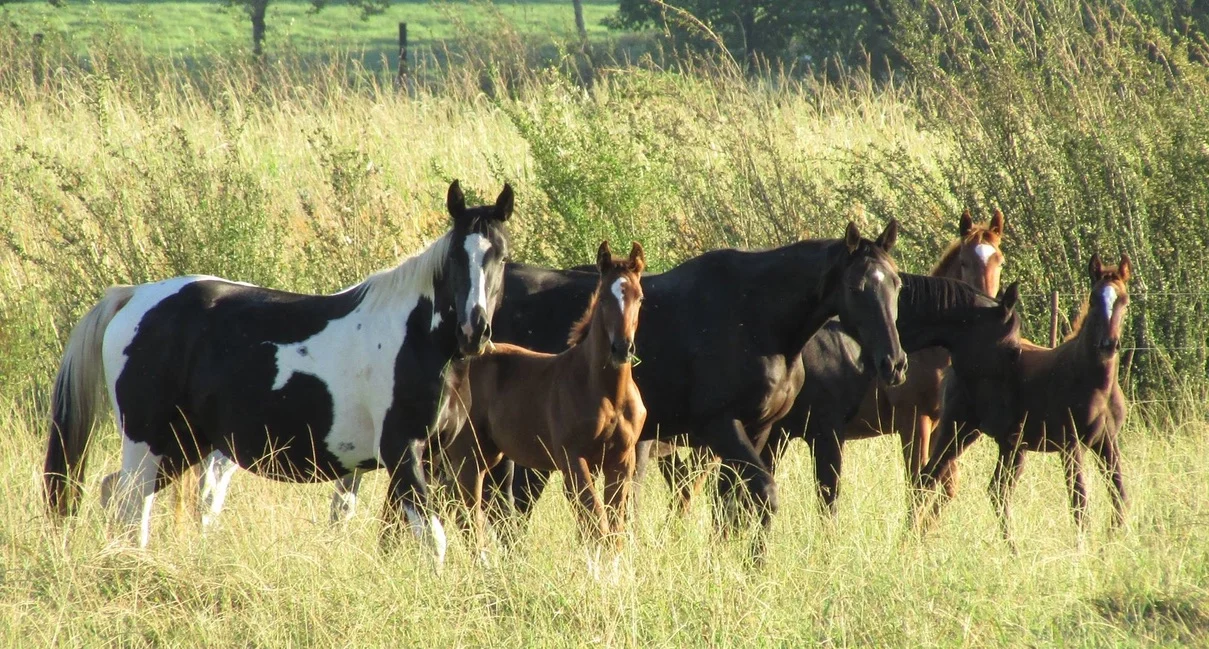
Controlled Exposure Introduce him to other calm, foal-safe horses gradually. Young horses learn social skills from the herd, but always supervise. Exposure to different environments – the wash bay, the arena, the trail head parking area – all build confidence.
Nutrition – For Both Mum & Foal
For Your Mare’s Topline A lacking topline in a nursing mare usually means she needs more calories and quality protein. Look for:
- Broodmare-specific feeds with 14-16% protein and added fat (3-6%)
- Rice bran or stabilized rice bran – excellent for weight gain and topline development (1-2 lbs daily)
- Ground flaxseed or chia seeds – omega-3s support muscle development (1/4 – 1/2 cup daily)
- Quality hay – She needs at least 2% of her body weight daily, more if she’s thin
- Alfalfa addition – If she needs weight, substitute 25-50% of grass hay with alfalfa
Popular broodmare feeds that work well: Purina Omolene 300 or Strategy, Triple Crown Mare & Foal, Nutrena Empower Balance. Feed according to her weight and body condition, not just the bag recommendations.
For Your Foal At 3 months, he’s still getting most nutrition from mum, but you can begin:
- Creep feeding – Introduce a foal-specific feed in small amounts (1-2 cups twice daily). This helps prepare his digestive system for weaning
- Free choice minerals formulated for growing horses
- Fresh, clean water always available in a container he can easily reach
Monitor his body condition – you should be able to feel his ribs easily but not see them prominently. Rapid growth is hard on joints, so don’t push weight gain, just steady healthy development.
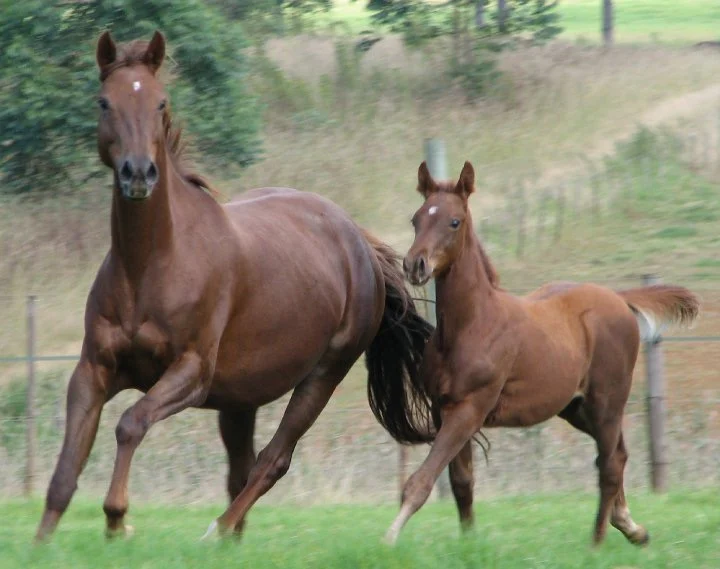
Health & Veterinary Care
- Deworming: Follow your vet’s protocol (usually every 8-12 weeks at this age)
- Farrier visits: Every 6-8 weeks for trimming and balance
- Veterinary checks: Regular wellness exams to monitor growth and development
- Vaccinations: Your vet will advise on timing based on mum’s vaccination status
What NOT To Do
- Don’t let handling sessions become wrestling matches – keep them short and positive
- Don’t allow bad behaviors to develop (nipping, striking, pushing into your space)
- Don’t rush – there’s no deadline here
- Don’t isolate him from mum for “training” – she’s his teacher too
- Don’t overfeed trying to create a “big” foal – steady moderate growth is healthiest
Your Training Timeline
3-4 Months: Focus on handling, leading beside mum, hoof work, basic desensitization
4-6 Months: Continue all of the above, prepare for weaning, increase independence slightly
6+ Months: Weaning transition, more independent work, introduction to obstacles and varied environments
Every interaction is training. Whether you realize it or not, your foal is learning from every encounter with you. Make every interaction count by being consistent, patient, and positive. The time you invest now will give you a confident, well-mannered horse for life.
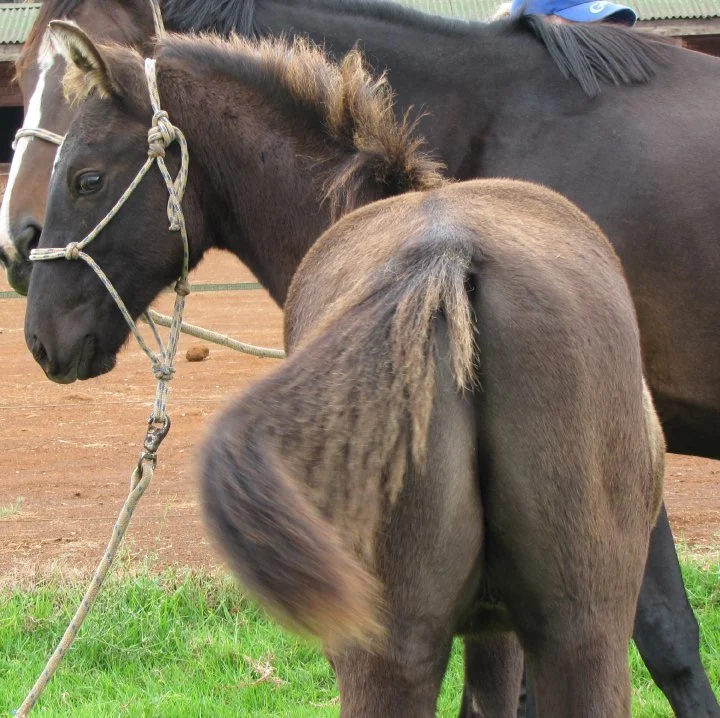
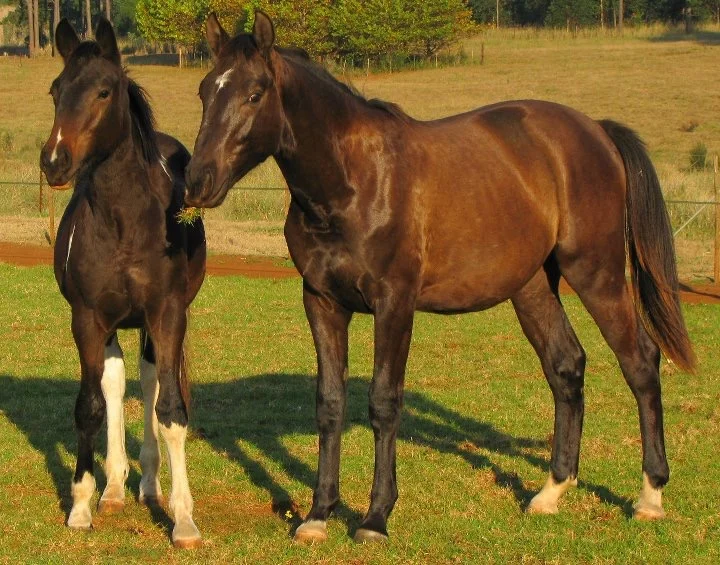
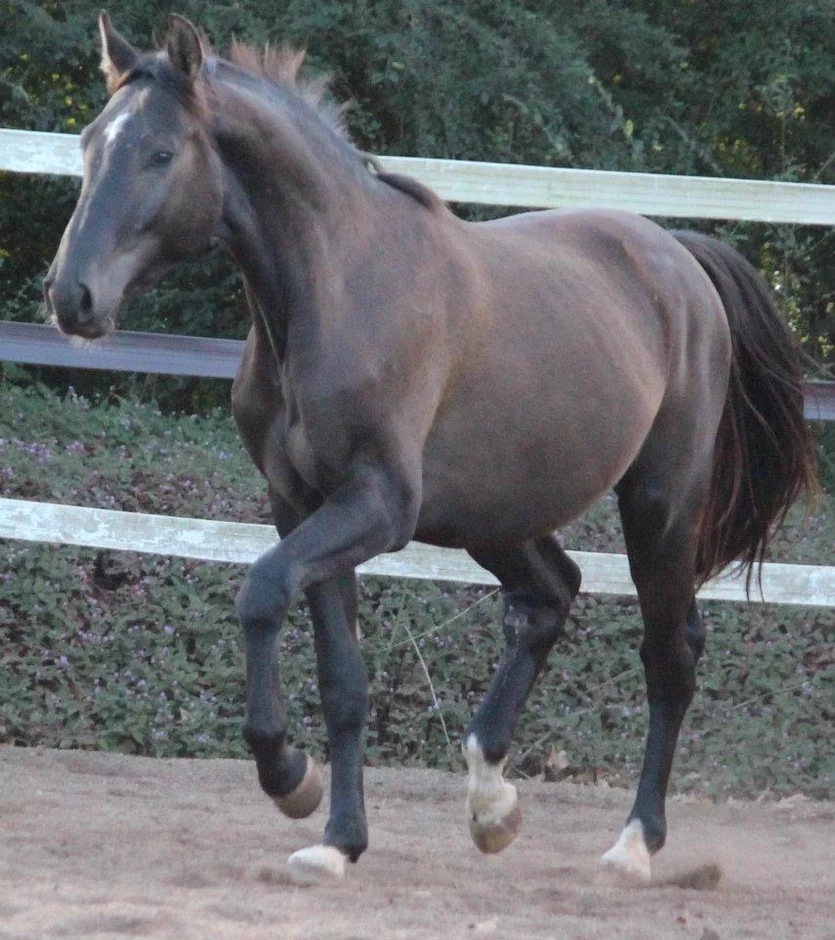
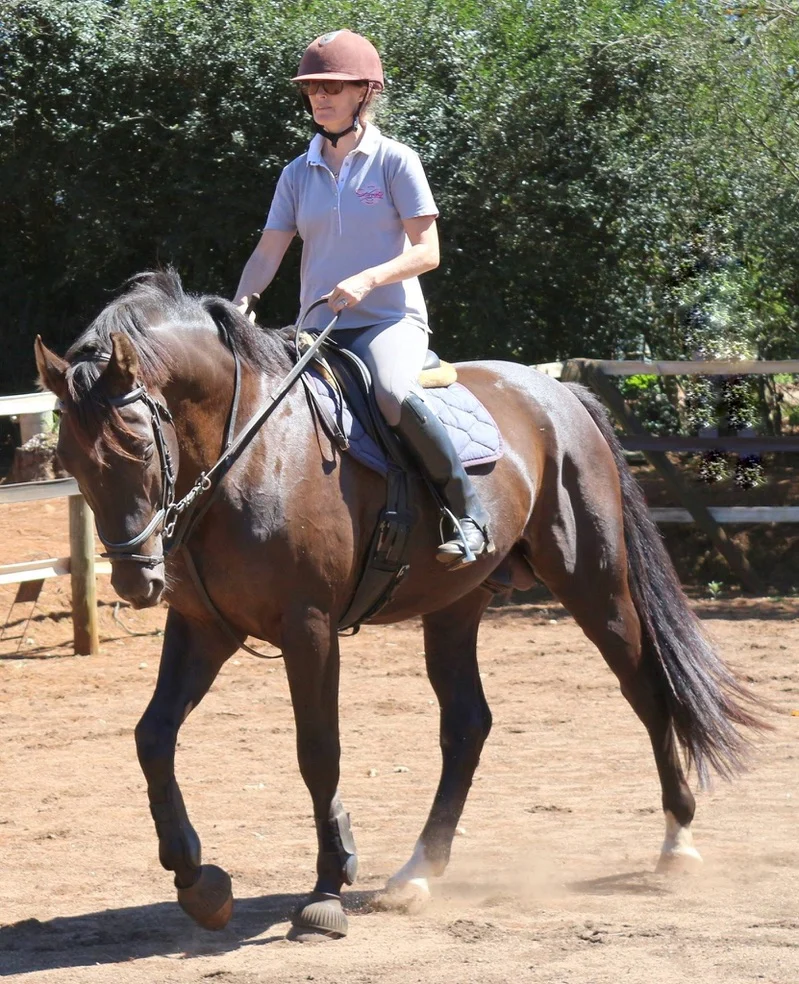
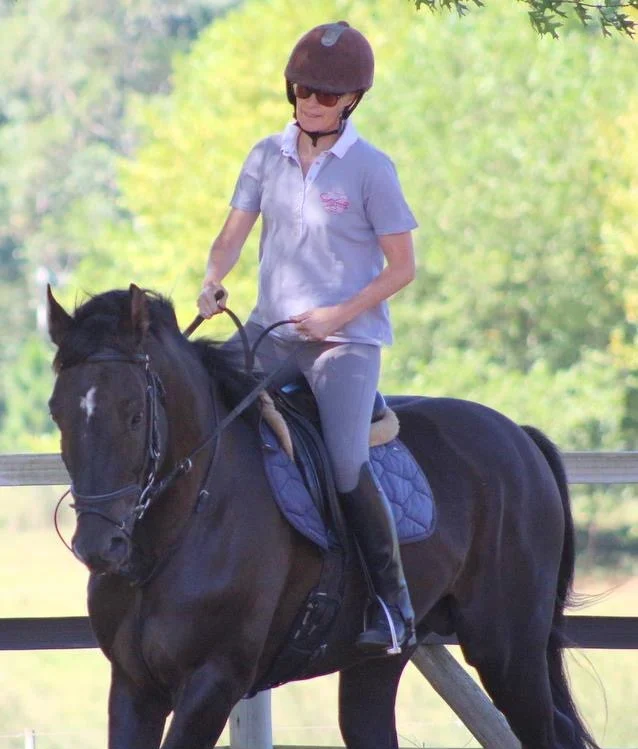
Want a quick reference? I’ve created a printable checklist below that you can use daily!
Further Resources
Want to dive deeper into specific topics? Here are trusted, authoritative resources to expand your knowledge:
Foal Health & Veterinary Care:
- American Association of Equine Practitioners (AAEP) – Horse Health Topics – For comprehensive information on foal vaccination schedules, health checks, and when to call your vet.
- UC Davis Veterinary Medicine – Equine Health Topics – Research-based guidance on foal development, growth rates, and developmental orthopedic disease prevention.
Nutrition & Feeding:
- Kentucky Equine Research – Foal Nutrition – Science-based information on feeding growing foals and lactating mares, including supplement recommendations.
- University of Kentucky Equine Programs – Equine Nutrition – Academic research on mare and foal nutritional requirements and feeding programs.
Training & Behavior:
- The Horse – Foal Care & Training – Articles on foal behavior, training methods, and handling techniques backed by equine science.
Hoof Care & Farrier Work:
- American Farriers Journal – Young Horse Hoof Care – Professional guidance on hoof development in young horses and what to expect from farrier visits.
Extension Services (Free, Research-Based Information):
- Penn State Extension – Horse Management – Free educational resources on all aspects of horse care and management.
- Virginia Cooperative Extension – Horse Resources – Evidence-based information on foal raising and horse husbandry.
These resources complement the practical, hands-on advice in this guide with scientific research and veterinary expertise.
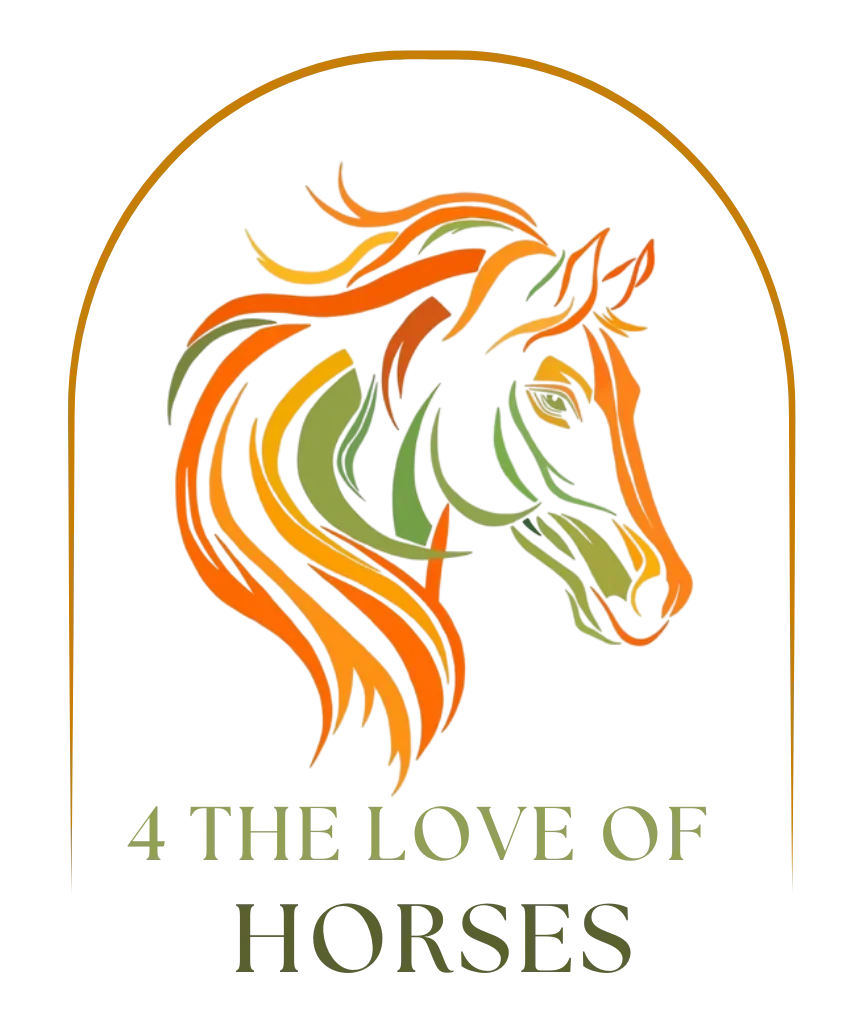
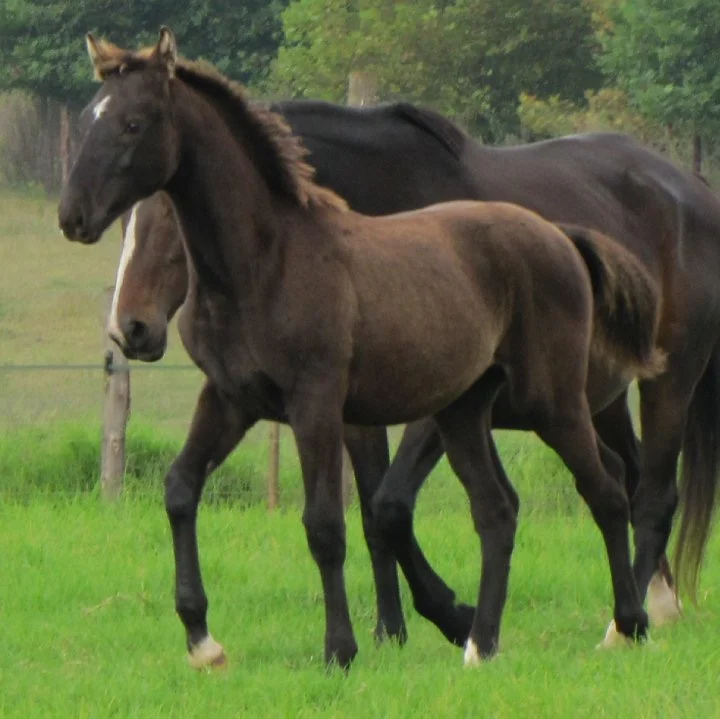
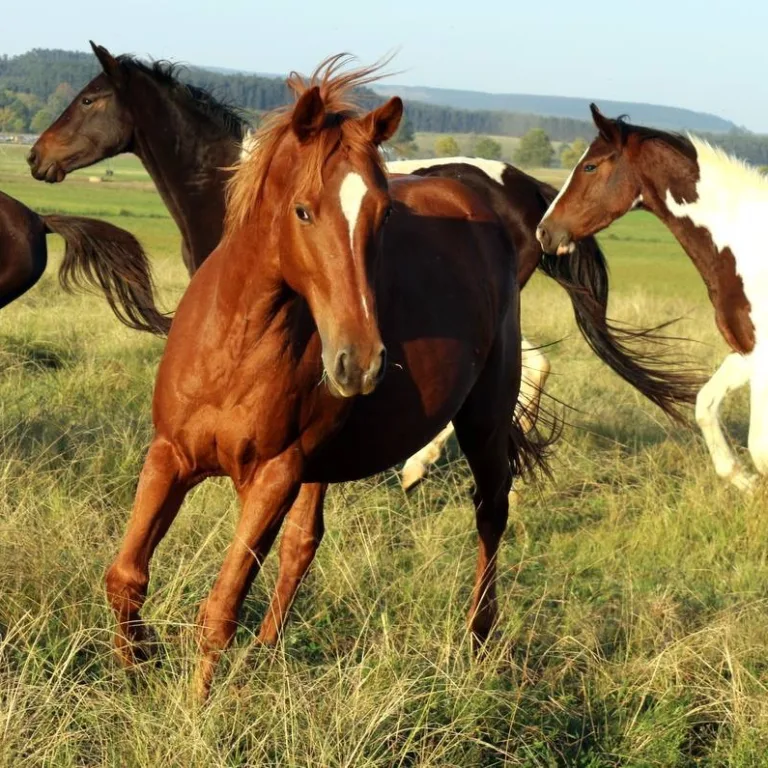
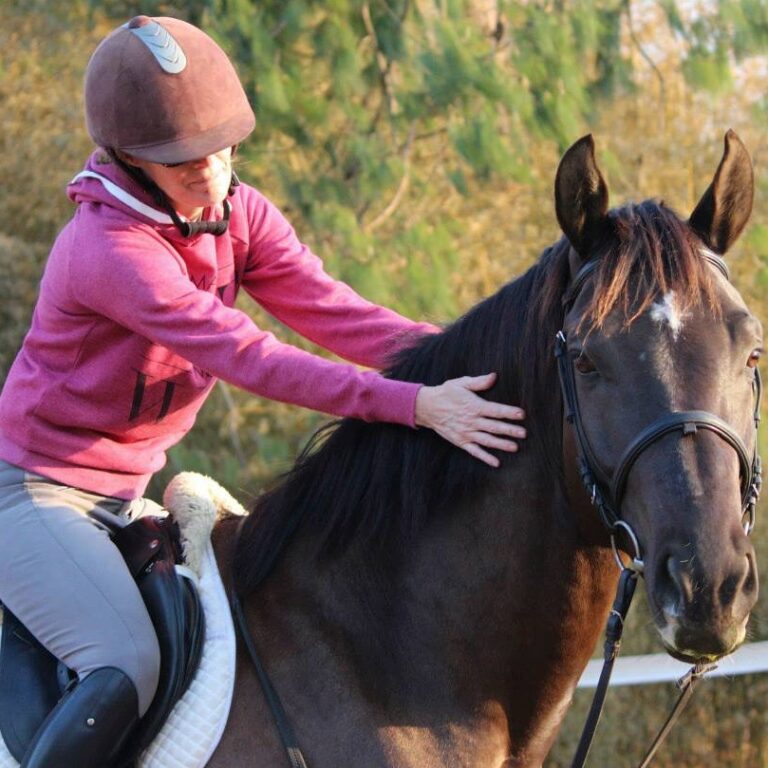
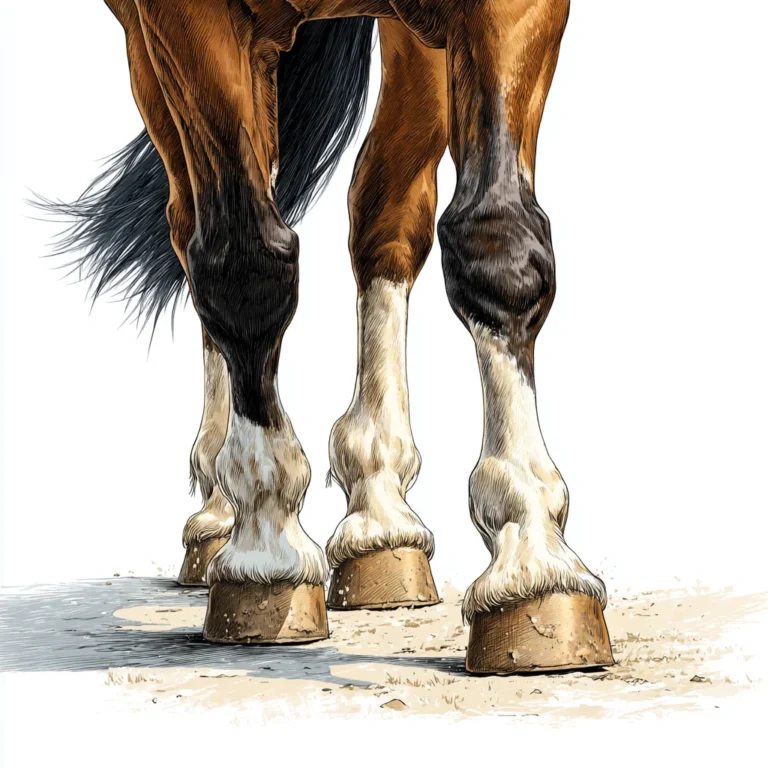
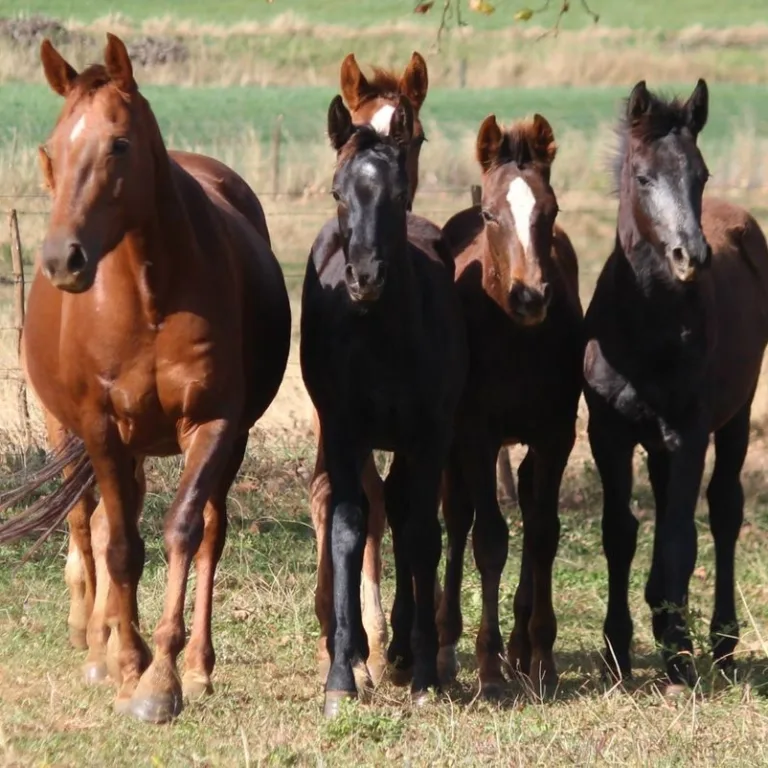
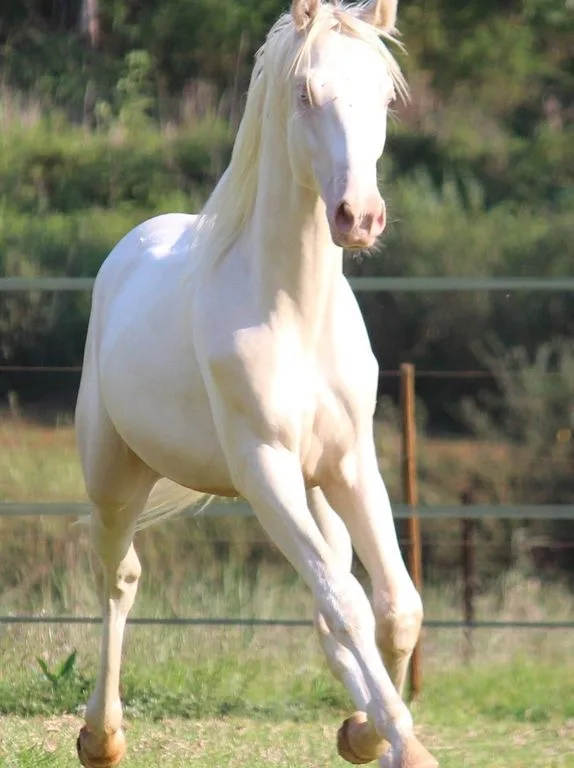
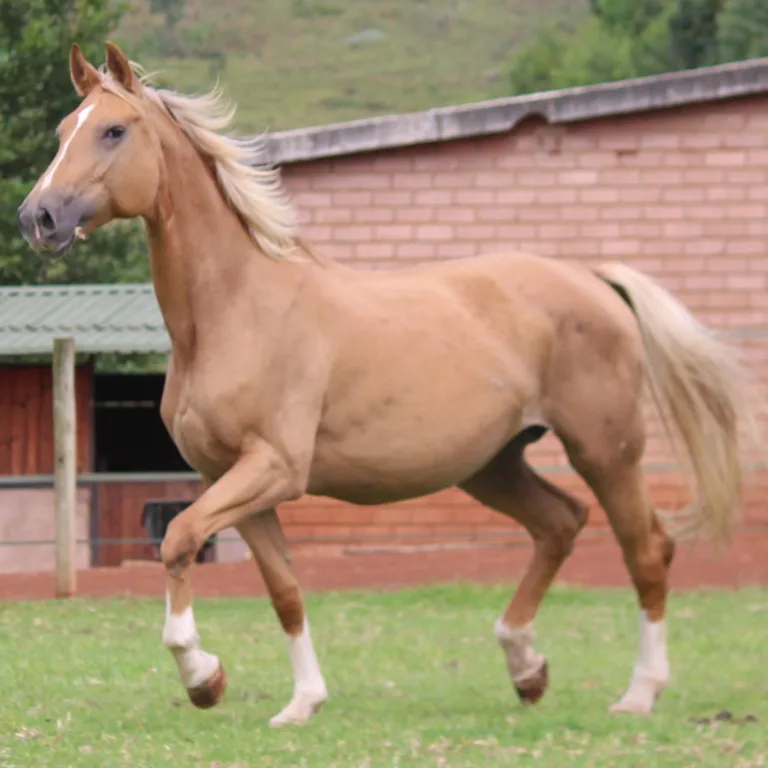
Leave a Reply